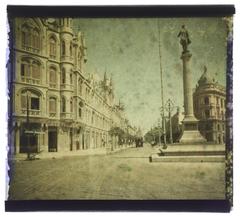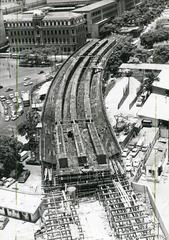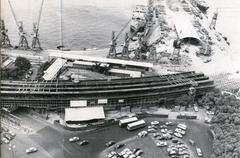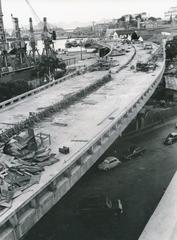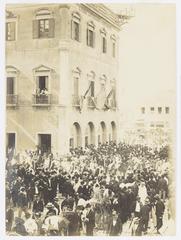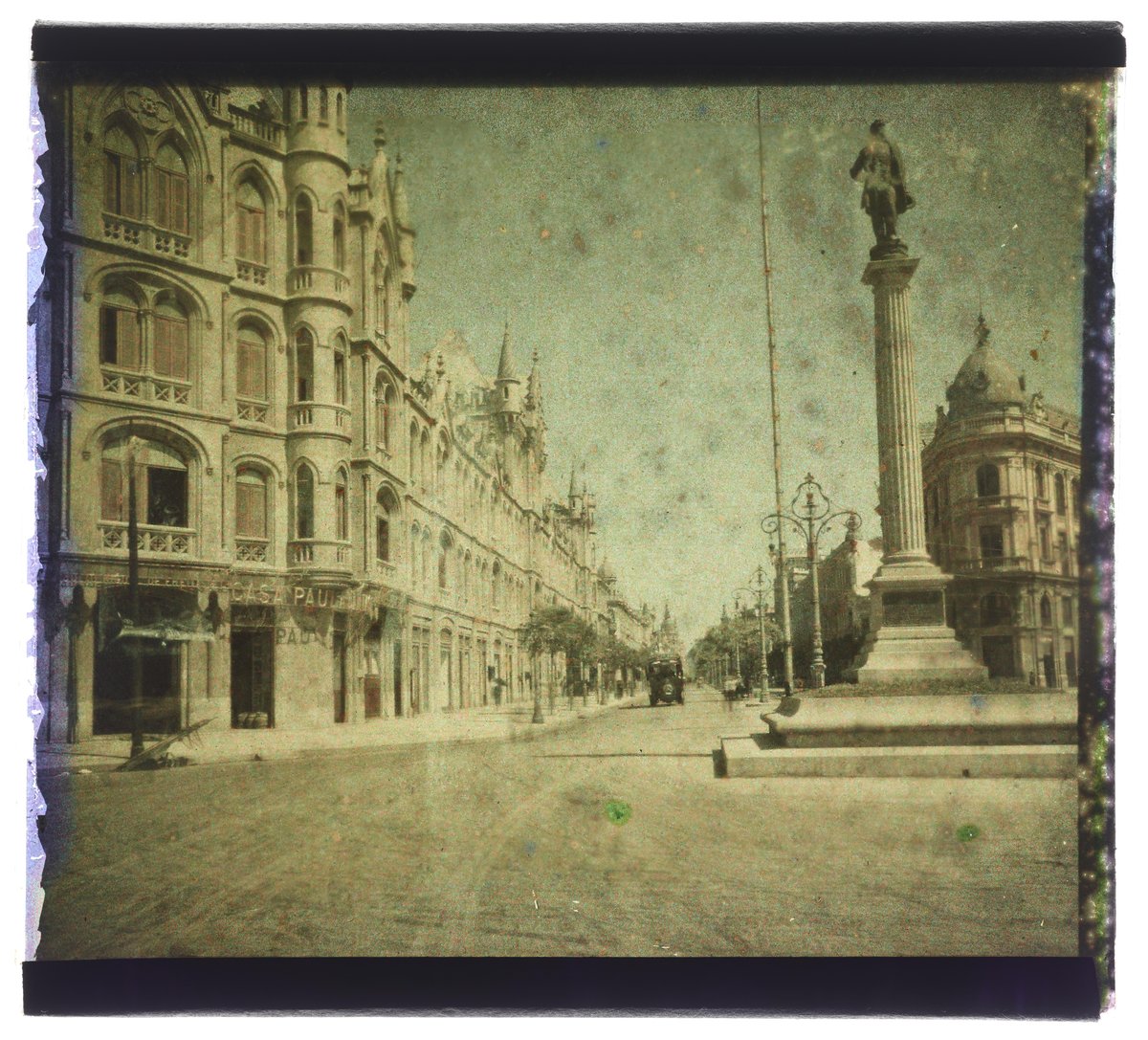
Comprehensive Guide to Visiting Túnel Rio 450, Rio de Janeiro, Brazil
Date: 18/07/2024
Introduction
Table of Contents
- Introduction
- History of Túnel Rio 450
- Visitor Information
- Impact on Urban Development
- Cultural and Social Impact
- Challenges and Controversies
- Nearby Attractions
- Future Prospects
- FAQ
- Conclusion
History of Túnel Rio 450
Origins and Construction
The Túnel Rio 450 was constructed to alleviate traffic congestion in Rio de Janeiro, particularly in the downtown area, and to improve infrastructure in preparation for the 2016 Summer Olympics. This project involved extensive planning and engineering to meet the needs of the city’s growing population and increasing number of vehicles.
Engineering and Design
Spanning approximately 3.5 kilometers, the tunnel connects the South Zone to the city center. Its dual-bore design includes separate tubes for each direction of traffic, enhancing safety and improving traffic flow. Equipped with modern ventilation systems, lighting, and emergency response facilities, the tunnel ensures user safety and comfort.
Historical Significance
The tunnel’s name commemorates the founding of Rio de Janeiro in 1565 by the Portuguese. It is a tribute to the city’s rich history and evolution, and its construction was part of a broader initiative to revitalize the city’s infrastructure.
Visitor Information
Visiting Hours
The Túnel Rio 450 is open 24 hours a day, providing continuous access for both residents and visitors.
Ticket Prices
There are no ticket fees for using the Túnel Rio 450; it is free for all vehicles.
How to Get There
The tunnel can be accessed from either the Glória neighborhood or Laranjeiras. Public transportation options, such as buses and metro services, are available to reach these areas.
Impact on Urban Development
Economic Growth
The Túnel Rio 450 has significantly reduced travel times between key areas of the city, spurring economic growth, particularly in the neighborhoods directly served by the tunnel.
Reduced Traffic Congestion
By providing an alternative route for vehicles, the tunnel has alleviated pressure on the city’s main thoroughfares, leading to smoother traffic flow and reduced travel times.
Cultural and Social Impact
Symbol of Progress
The tunnel’s construction and subsequent opening were seen as a source of pride for Rio de Janeiro residents, symbolizing the city’s progress and ability to undertake large-scale infrastructure projects.
Cultural Recognition
The Túnel Rio 450 has become a part of the city’s cultural landscape, recognized by locals and visitors alike as a reminder of Rio de Janeiro’s rich history and ongoing modernization.
Challenges and Controversies
Delays and Cost Overruns
The project faced several delays and cost overruns, which were a source of frustration for both the public and authorities.
Environmental Concerns
There were concerns about the environmental impact of the tunnel, particularly relating to the displacement of local communities and potential disruption to the natural landscape. However, these challenges were ultimately overcome.
Nearby Attractions
Other Historical Sites in Rio de Janeiro
- Christ the Redeemer
- Sugarloaf Mountain
- The Museum of Tomorrow
Recommended Places to Visit
- Santa Teresa neighborhood
- Lapa Arches
- Flamengo Park
Future Prospects
Role in Transportation Network
As Rio de Janeiro continues to grow, the Túnel Rio 450 will remain a key piece of infrastructure, facilitating movement and connectivity within the metropolis.
Precedent for Future Projects
The success of the Túnel Rio 450 sets a precedent for future infrastructure projects, demonstrating the importance of modern, efficient, and well-planned transportation solutions.
FAQ
Q - What are the visiting hours for the Túnel Rio 450? A - The Túnel Rio 450 is open 24 hours a day.
Q - Are there any ticket fees for using the tunnel? A - No, the tunnel is free for all vehicles.
Q - How can I reach the Túnel Rio 450? A - The tunnel can be accessed from either the Glória neighborhood or Laranjeiras, with public transportation options available.
Conclusion
The Túnel Rio 450 is more than just a tunnel; it is a symbol of Rio de Janeiro’s rich history and its ongoing journey towards modernization and development. For visitors, it offers not only a practical route through the city but also a testament to Rio’s resilience and progress. Stay updated on more such remarkable sites by following our posts and social media channels.
